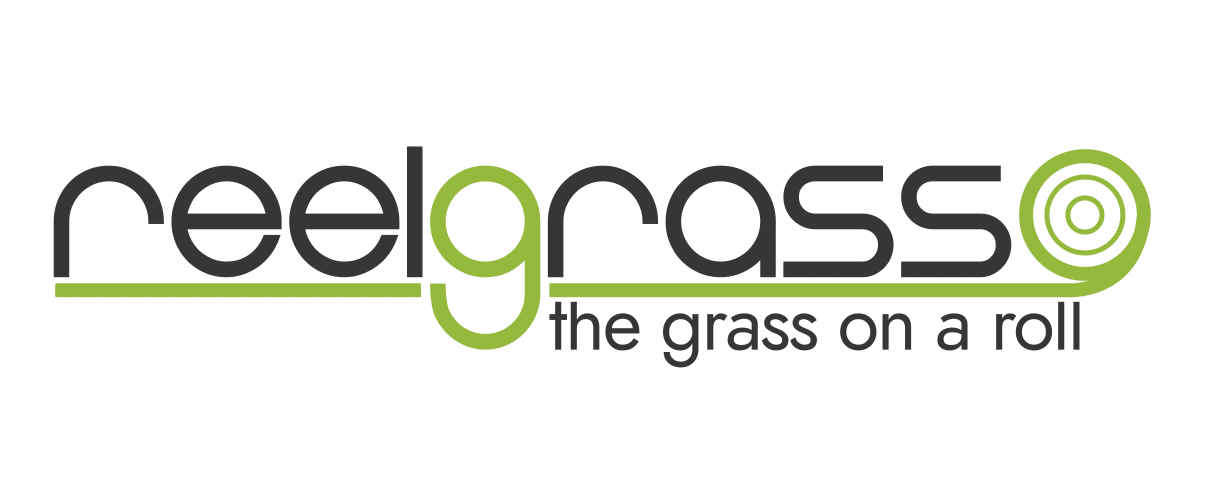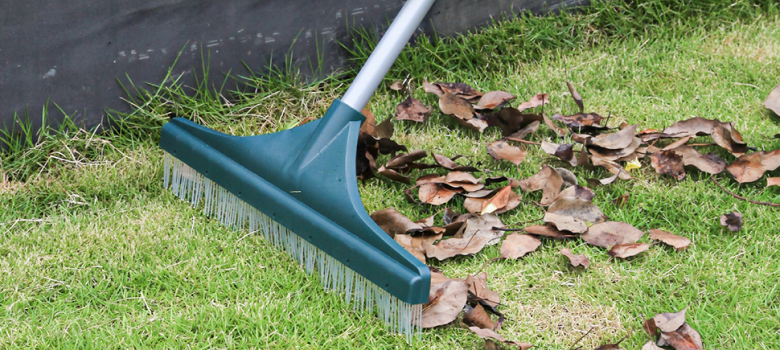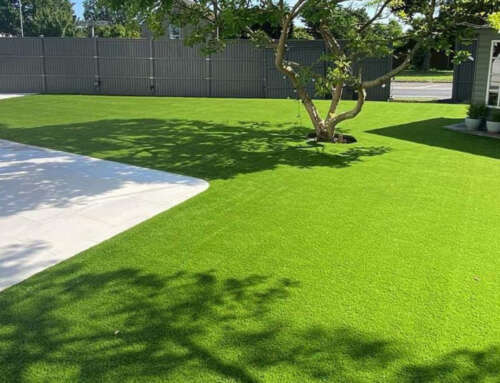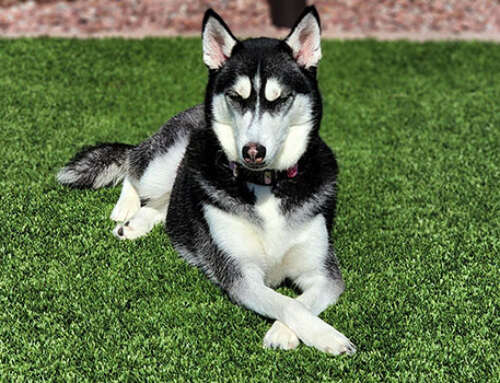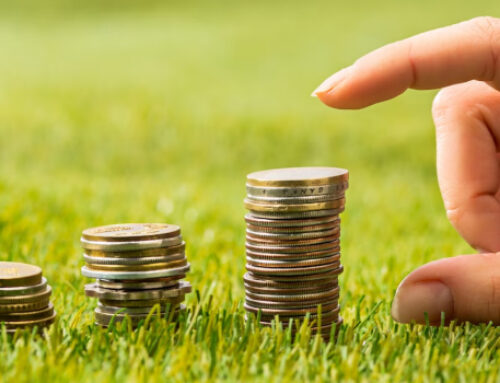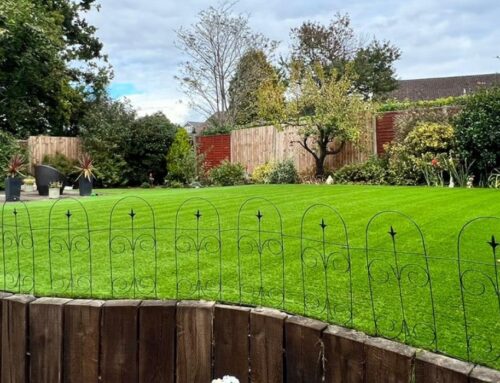Do you own a beautiful artificial lawn?
If so, you’ve probably had the joy of knowing there’s no watering, mowing or fertilising required… and the frustration of wondering how to clean your lawn after bad weather.
Although artificial grass requires less attention than its natural counterpart, it still needs a little TLC to keep it looking its best.
In this article, we’ll show you exactly what to do with our simple step-by-step cleaning procedure. Plus, we’ll offer some invaluable tips to ensure your artificial turf remains vibrant and inviting.
We’ll cover:
- A quick artificial turf overview (no boring bits)
- The environmental considerations and any permits needed
- Your very own property considerations checklist
- The simple artificial turf toolkit (must-have)
- Plus plenty more
So, let’s roll up our sleeves and get busy.
Artificial Grass Overview
Also known as synthetic turf or fake grass, has revolutionised the way we approach landscaping and lawn care.
In Melbourne, where the weather can be unpredictable, maintaining a natural grass lawn can be a demanding and often frustrating task.
That’s where synthetic grass comes into play, offering an array of benefits that make it an attractive choice for homeowners and businesses alike.
Benefits of Artificial Grass
- Year-Round Greenery: Melbourne’s climate can be temperamental, with scorching summers and unpredictable rainfall. Synthetic lawn remains vibrantly green all year round, providing a lush and inviting outdoor space, no matter the weather.
- Low Maintenance: Say goodbye to the endless cycle of mowing, weeding, and fertilising. Synthetic turf requires minimal upkeep, freeing up your time for more enjoyable activities.
- Water Conservation: In a city that often faces water restrictions, artificial grass is an eco-friendly option. It doesn’t require regular watering, saving both resources and money.
- Durable and Long-Lasting: Melbourne’s varying weather conditions can take a toll on natural lawns. Artificial turf, on the other hand, is designed to withstand heavy foot traffic, UV rays, and extreme temperatures, ensuring it remains pristine for years to come.
- Allergy-Friendly: If you or your family members suffer from grass allergies, artificial turf is an excellent alternative. It doesn’t produce pollen or common allergens, providing a comfortable outdoor environment.
- Versatility: Artificial lawns can be installed in various locations, from residential front yards and backyards to commercial spaces, rooftops, and even indoor areas, allowing for creative landscaping possibilities.
Environmental Considerations and Permits
While synthetic turf offers numerous benefits, it’s essential to ensure that its installation and maintenance align with environmental standards and local regulations.
Environmental Considerations
- Water Usage: One of the primary advantages is its water-saving potential. By eliminating the need for regular watering, you contribute to conserving this precious resource. However, it’s crucial to dispose of any rainwater runoff responsibly to prevent contamination of local water bodies.
- Materials and Recycling: Be mindful of the materials used. Opt for products made from recyclable or sustainable materials to reduce your environmental footprint. Additionally, when it’s time to replace your synthetic turf, explore recycling options to minimise waste.
- Chemical Usage: Avoid using harsh chemicals on your synthetic grass, as they can harm the environment. Instead, opt for eco-friendly cleaning solutions when maintaining your turf.
Permits and Inspections
Before installing synthetic lawns in Melbourne, you should be aware of any permits or inspections required by local authorities. While synthetic turf is generally considered a low-impact landscaping option, regulations can vary from one council to another.
Here are some key points to consider:
- Local Regulations: Check with your local council to understand any specific regulations related to synthetic turf installation. Some areas may have restrictions or guidelines in place.
- Drainage: Ensure that your installation includes proper drainage to prevent water runoff issues. Some councils may require inspections to confirm compliance with drainage standards.
- Council Approval: Depending on your location, you may need to obtain council approval before installing artificial grass in your front yard or backyard. This typically applies to significant landscaping changes or commercial installations.
- Body Corporate Approval: If you live in a shared community or apartment complex, consult with your body corporate to ensure compliance with any rules and regulations regarding landscaping modifications.
By addressing these environmental considerations and navigating the permit and inspection requirements, you can enjoy your artificial turf while minimising its impact on the environment and avoiding potential legal issues.
Property Considerations Checklist
☐ Assessing Your Home and Property Needs
- Foot Traffic: Evaluate the level of foot traffic your area receives. High-traffic areas may require more frequent cleaning and maintenance to keep them looking pristine.
- Pets: If you have pets, especially dogs, make sure to address their needs. Artificial grass is pet-friendly, but regular pet waste cleanup is essential to prevent odours and maintain hygiene.
- Shade and Sunlight: Take note of the amount of sunlight and shade your area receives. Areas with prolonged shade may require additional attention to prevent moss or algae growth.
- Drainage: Ensure that your artificial turf has adequate drainage to prevent water pooling or runoff. Proper drainage is essential for maintaining a healthy and clean surface.
☐ Acquiring the Right Tools and Resources
To effectively clean and maintain your artificial lawn, you’ll need a few essential tools and resources:
- Rake or Brush: A soft-bristle rake or brush helps to fluff up the grass blades and remove debris, keeping your lawn looking fresh.
- Leaf Blower or Vacuum: Use a leaf blower or vacuum with a gentle setting to remove leaves, twigs, and other lightweight debris.
- Hose or Sprinkler: A hose or sprinkler can be handy for occasional rinsing and washing of the surface.
- Eco-Friendly Cleaning Solution: Invest in an eco-friendly cleaning solution specifically designed for synthetic grass. Avoid harsh chemicals that can harm the environment.
- Pet Waste Bags and Scoop: If you have pets, keep pet waste bags and a scoop on hand for quick cleanup.
- Weed Barrier Fabric: To prevent weed growth underneath the synthetic turf, consider using weed barrier fabric during installation.
☐ Leveraging Available Resources
Melbourne offers a wealth of resources for homeowners looking to maintain their synthetic lawn:
- Local Landscaping Experts: Consult with local landscaping professionals who are experienced in artificial grass maintenance. They can provide valuable advice and services.
- Online Tutorials and Communities: Explore online tutorials and forums where homeowners share their experiences and tips for lawn care.
- Garden Supply Stores: Visit garden supply stores in Melbourne for eco-friendly cleaning products and any additional tools or resources you may need.
By considering your home and property needs, acquiring the right tools, and tapping into available resources, you’ll be well-prepared to embark on your journey.
Artificial Grass Toolkit
To maintain your artificial turf in Melbourne, you’ll need a well-equipped toolkit that covers all aspects of cleaning and care.
Here’s what you’ll need:
1. Rake or Brush
A sturdy and soft-bristle rake or brush is your first line of defence against debris and flattened grass blades.
2. Leaf Blower or Vacuum
A leaf blower or vacuum with a gentle setting is essential for removing leaves, twigs, and other lightweight debris without damaging your artificial lawn.
3. Hose or Sprinkler
A standard garden hose or sprinkler system will come in handy for rinsing and washing your synthetic grass.
4. Eco-Friendly Cleaning Solution
Choosing an eco-friendly cleaning solution designed for synthetic turf is crucial to maintaining its appearance and hygiene.
5. Weed Barrier Fabric
Prevent weed growth beneath your synthetic lawn by using quality weed barrier fabric during installation.
Got all your tools?
Read on.
Here’s how to clean your synthetic lawn
1). Use your leaf blower to remove any debris, sticks or small branches
2). Use your turf rake or brush to bring your synthetic grass blades into an upright position and to loosen any extra debris
3). If necessary, spray any affected spots with a weed barrier or pet spray
4). Use your eco-friendly cleaning solution to target spills or stains then rinse the area with a hose or sprinkler
And that’s it!
Transform Your Melbourne Landscape with Reelgrass
Are you ready to transform your Melbourne landscape with artificial grass?
Whether you’re seeking personalised advice, a detailed quote, or expert guidance on your landscaping project, we’re here to help.
At Reelgrass, we’re passionate about creating lush and low-maintenance outdoor spaces for our valued customers.
Our team of experts is ready to assist you every step of the way, from selecting the perfect artificial turf to professional installation and ongoing care.
Don’t hesitate to reach out to us today for:
- Personalised advice tailored to your specific needs and goals.
- Detailed quotes that align with your budget and vision.
- Expert guidance on choosing the right artificial lawn for your Melbourne property.
- Professional installation services to ensure a flawless result.
Contact Reelgrass now to elevate your Melbourne landscape to new heights.
Contact Reelgrass and experience the difference of premium synthetic grass today!
